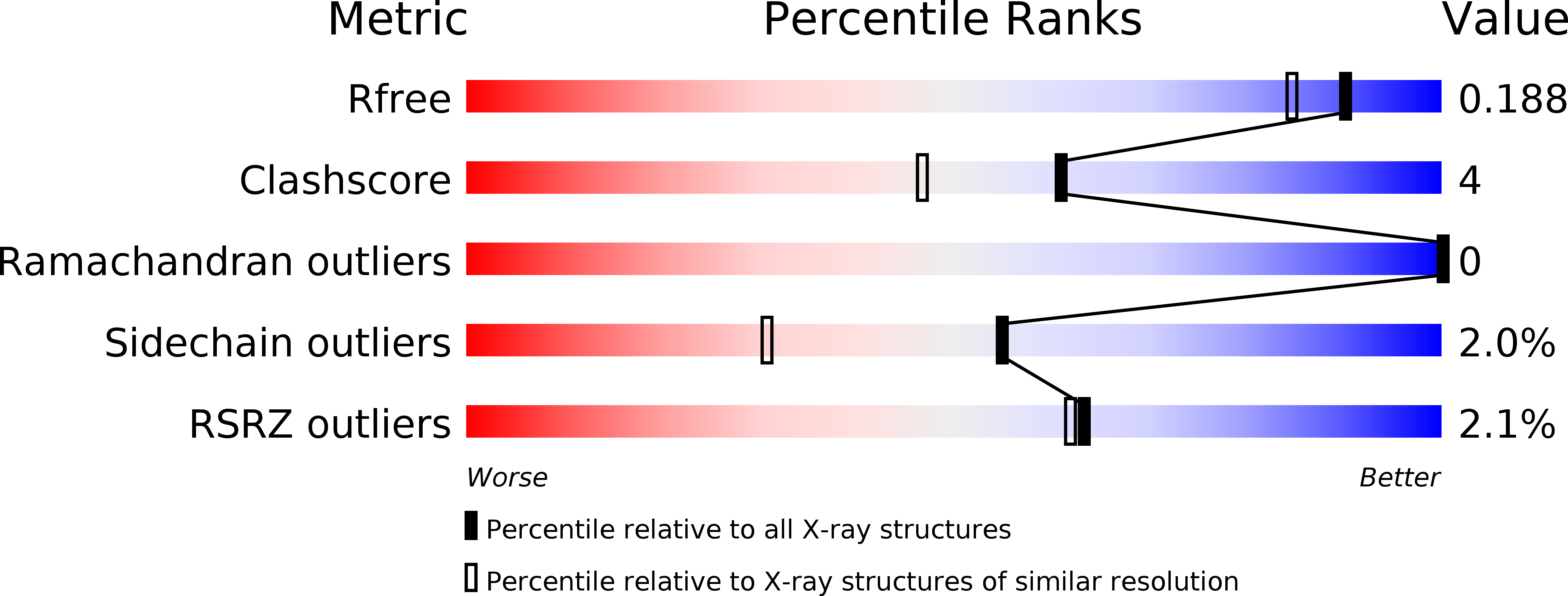
Deposition Date
2016-12-02
Release Date
2017-09-13
Last Version Date
2024-11-13
Entry Detail
PDB ID:
5WRI
Keywords:
Title:
Crystal structure of human tyrosylprotein sulfotransferase-1 complexed with PAP and C4 peptide
Biological Source:
Source Organism:
Homo sapiens (Taxon ID: 9606)
synthetic construct (Taxon ID: 32630)
synthetic construct (Taxon ID: 32630)
Host Organism:
Method Details:
Experimental Method:
Resolution:
1.60 Å
R-Value Free:
0.17
R-Value Work:
0.13
R-Value Observed:
0.13
Space Group:
P 21 21 2


